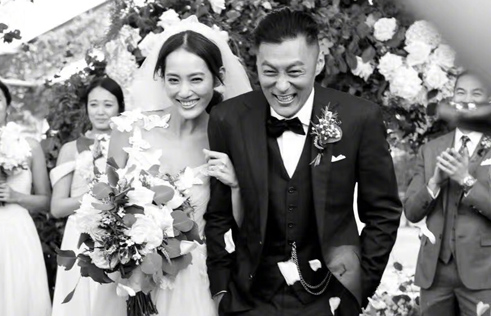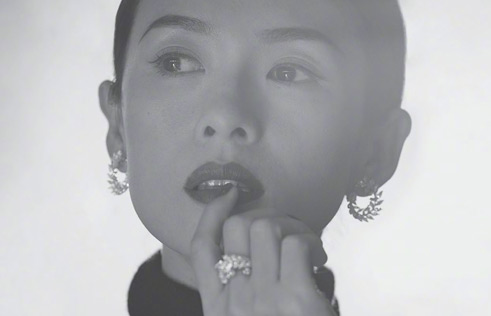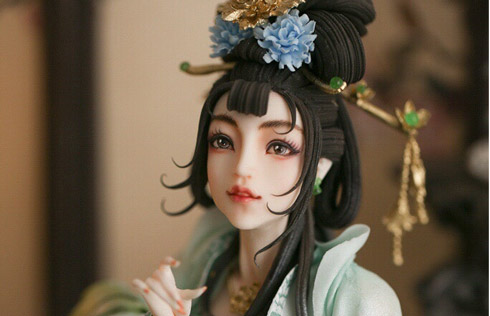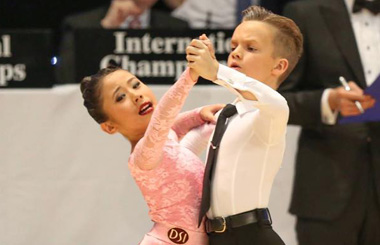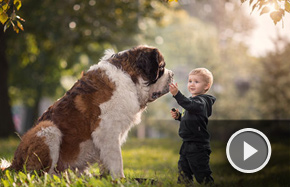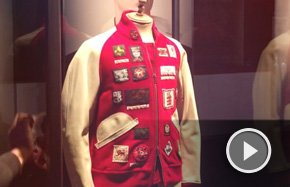Peking Opera
Year: 2006
Sort: Traditional Opera
Area: Central Government, Beijing, Tianjin, Liaoning, Shanghai, Shandong
Serial No.: Ⅳ-28
Declarer: China Peking Opera Theatre, Beijing, Tianjin, Shanghai, Liaoning and Shandong provinces
Although there are more than 360 ancient local operas in China, Peking Opera is known as China's national opera, despite its comparatively young 200-year history.
Although it is called Peking Opera, the origins of Peking Opera are not in Beijing but in the provinces of Anhui (East China) and Hubei (South-central China). Its rise is due in great part to the patronage of the imperial royalties.
Peking Opera is a purely Chinese opera form dating back to the year 1790, when the famous Four Anhui Opera Troupes first came to Beijing in celebration of the 80th birthday of Emperor Qianlong (1711-1799) of the Qing Dynasty (1644-1911). The tour was a hit and the troupes stayed. In 1828, some famous Hubei Opera Troupe players came to Beijing.
The artists of Hubei and Anhui troupes often jointly performed on stage and absorbed repertoires, music, arias and performance techniques from each other and from other operas like Kun Qu, Qin Qiang and Bang Zi, as well as the local dialect and customs of Beijing. Its repertoires mainly depict fairy tales of preceding dynasties and important historical events.
It was after 1840 that Peking Opera formally took shape, growing even faster during the reign of the Empress Dowager Cixi (1835-1908), who was an opera aficionado. Classic Peking Opera repertoires and the names of the first-generation masters were on the lips of people in Beijing, and eventually prevalent around the country.
Main Features
Unlike European operas, which usually concentrate on one kind of performance in one stage representation, Peking Opera integrates music, singing, dance, costume art, makeup, acting andacrobaticsinto a unique whole.
1. Roles
Peking Opera roles include sheng (male role), dan (female role), jing (painted-face male role), and chou (comedic male role), distinguished on the basis of sex, age, and personality.
Sheng (male role) is divided intolao sheng, xiao sheng and wu sheng, respectively representing a decent middle-aged man, a young man, and a male role who can fight.
Dan (female role) is divided into qing yi, wu dan, hua dan and lao dan, respectively representing a middle-aged woman who always acts as a Mrs. or Miss from a noble family, a woman who can fight, a young girl maid, and an aged woman.
Jing (painted-face role) refers to the male roles with all kinds of painted-faces and acts to show a particular personality.
Chou (comic role which means clown), a wise and funny man usually with a low social status, is divided into wen chou and wu chou. The former can read and write well, and the latter can fight.
2. Facial Make-up
Facial make-up (Lianpu) in Peking Opera is mostly applied to the male roles of jing and chou, with particular styles to symbolize the different personalities, characteristics, and fates of the roles.
Some people argue that the facial make-up is similar to the mask. Nevertheless, there are great differences between the two in that masks are separate from the face.
Different make-up colors symbolize different personalities:
Red -- brave, faithful and wise men, with utter devotion
Purple -- wise, brave and steadfast men
Black - upright, outspoken, and never stooping to flattery
Blue -- brave, upright and outspoken men, but obstinate and unruly
Green -- hero of the bush, chivalrous but with a testy temper
Yellow -- valiant but ferocious military men or crafty civil officers
White - insidious and treacherous
Gold & silver -- mysterious monsters or gods



